Wondering if golf is a sport or a hobby can be tricky when chatting with friends about weekend plans. Golf returned to the Olympic Games in 2016, after more than 100 years away, proving it meets what defines a sport.
These five insights will clear up confusion and help you decide your own view on golfing as we approach 2025. Keep reading to explore this fun debate!
Key Takeaways
Golf is both a sport and hobby—it’s back in the Olympics since 2016, after 112 years away.
One round of golf burns roughly 1,000 calories and works out 17 muscle groups—a better workout than some people assume.
More women than ever are taking up golf, often choosing casual fun over competitive play.
Pros like Dustin Johnson are serious athletes—he deadlifts 300 pounds with ease and can even dunk a basketball.
Junior golf programs grew 47% since 2019, highlighting golf’s growing popularity with younger players.
Table of Contents
Defining Golf: Sport or Hobby?
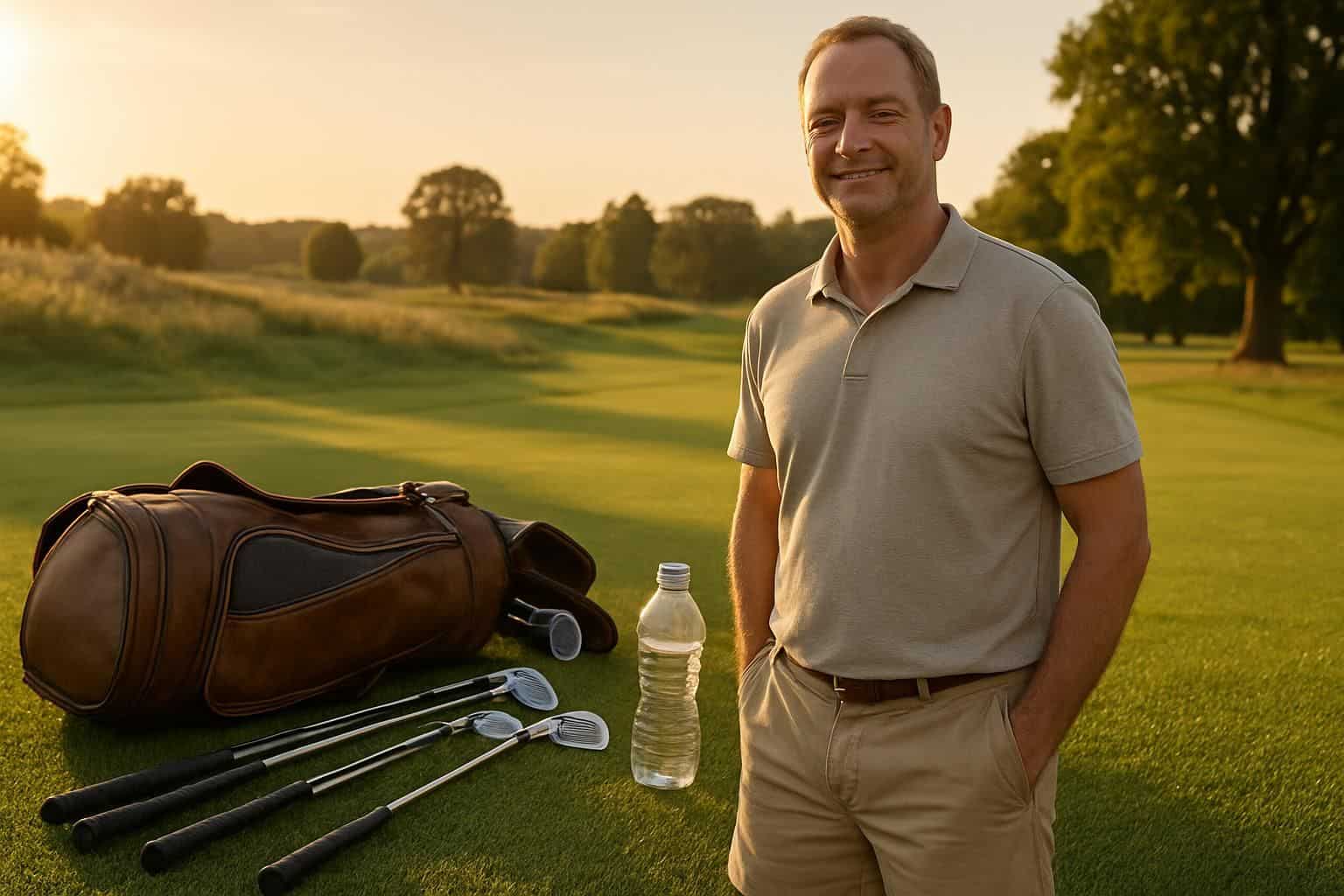
The line between sport and hobby blurs on the golf course. Golf needs skill and fitness like other sports, but many play just for fun with friends.
Definition of a Sport
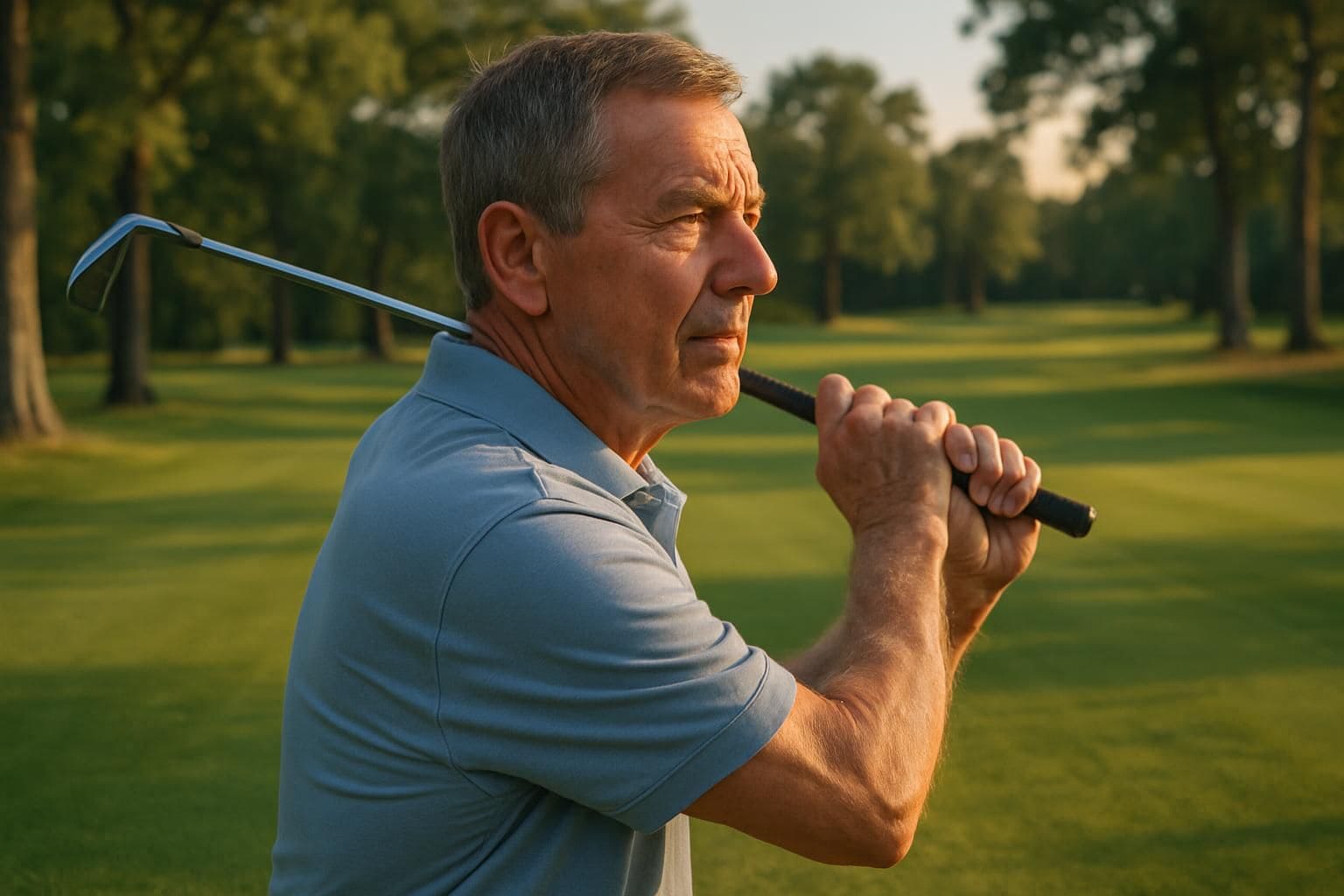
Sports need basic elements—rules, physical activity, and competition. Merriam-Webster keeps it simple, calling sport “a contest or game in which people do certain physical activities according to a specific set of rules and compete against each other”.
Golf checks all the boxes. It takes physical skill—swinging clubs, walking the course—and definitely requires some fitness. Plus, there’s the mental side: staying focused, especially for tricky putts on the greens.
Like other sports, scores decide winners and losers, just watch any PGA Tour event. And of course, many sports come with special gear—golf included—with its own essential golf club accessories collection and equipment.
Golf is a puzzle without an answer. – Gary Player
Definition of a Hobby
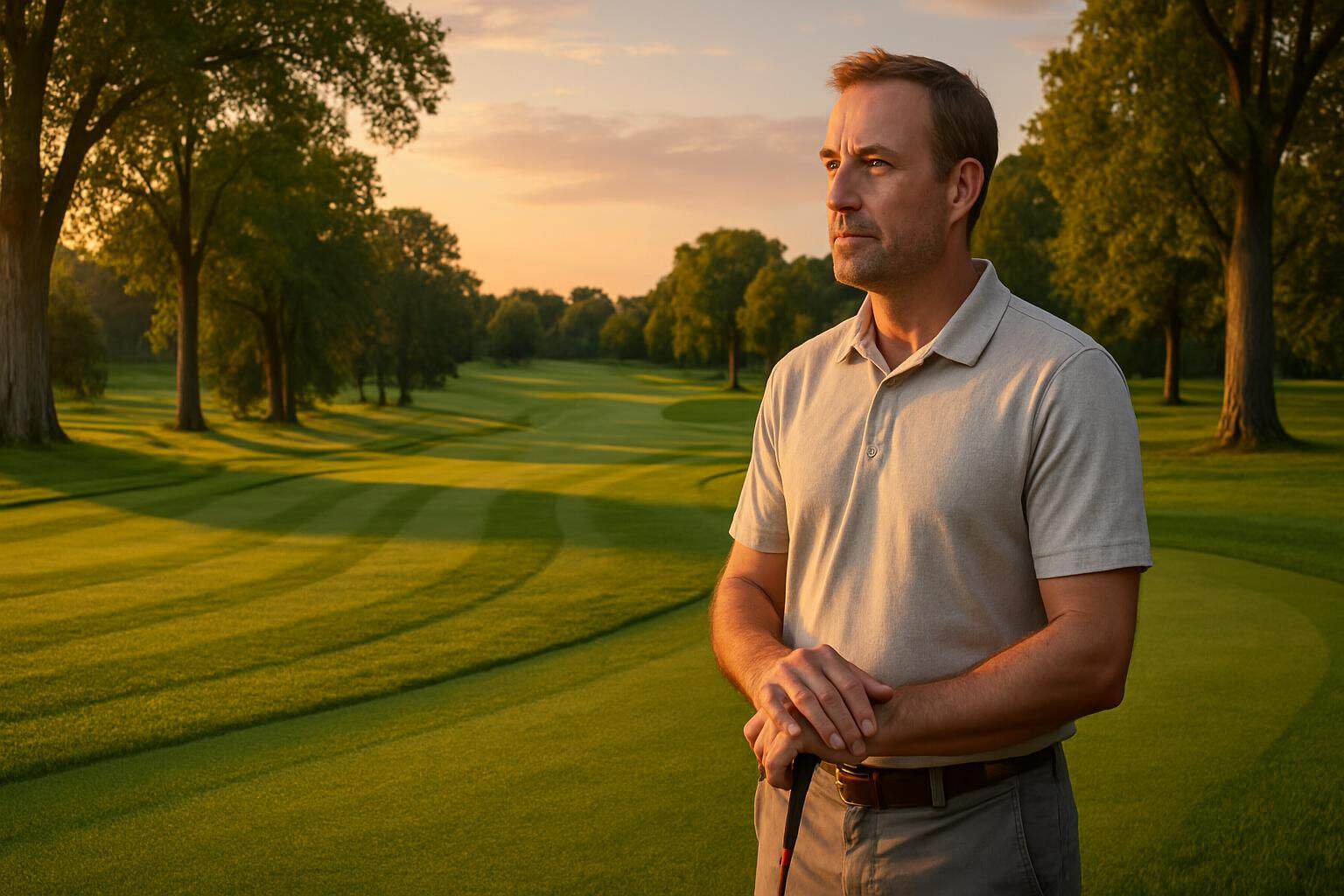
A hobby is something you do just for fun, to relax and enjoy your free time. Golf fits perfectly with this idea—especially for many women who head out to courses to unwind, without all the pressure.
Hobbies help cut stress, boost happiness, and offer an easy break from our daily routines. Lots of golfers also enjoy the social part of golf. They chat with friends, wander along fairways, and soak up the peaceful scenery.
The laid-back speed of the game makes it easy to take in fresh air and green spaces at thousands of golf courses across America. Unlike more intense sporting activities, golf doesn’t demand strict training or fierce competition.
You can play casually, forget about scoring points, and pay less attention to your swing. This easy-going style helps golf appeal to many women who just want a fun outdoor activity.
But golf also counts as a real sport, according to experts, because it can be physically demanding. Golfers may walk several miles during one round, often pulling or carrying heavy clubs.
Plus, golf swings use many muscle groups in your core, arms, legs, and back. Golf may look easy, sure—but it involves skill, strength, flexibility, and stamina.
Why Golf is Considered a Sport

Golf demands real physical skill and mental focus that match other sports. Top players like Tiger Woods and Rory McIlroy train hard with strength exercises to build the power needed for those long drives down the fairway.
Meets the Physical and Mental Demands of a Sport

Playing golf takes serious physical effort—players cover about six or seven miles per round, burning almost 1,000 calories, if they’re not using a cart. It may look calm from the outside, but swinging a club the right way involves at least 17 different muscle groups.
The mental side counts, too. Top players like Tiger Woods and Rory McIlroy train their minds constantly, building focus and smart game plans, while dealing easily with stress. They pick the right clubs, choose effective shot angles, and stay steady under lots of pressure.
Completing a full 18-hole round demands real strength, endurance, and quick thinking. It’s a combined test of body and mind, showing clearly why golf is a serious athletic challenge.
Today, pros like Bryson DeChambeau follow intense fitness routines to up their games. They lift weights and do cardio training regularly to stay ready for competition. Golf’s tough physical demands and mental challenges prove it deserves an Olympic spot right beside other major sports.
Golf’s Inclusion in the Olympics
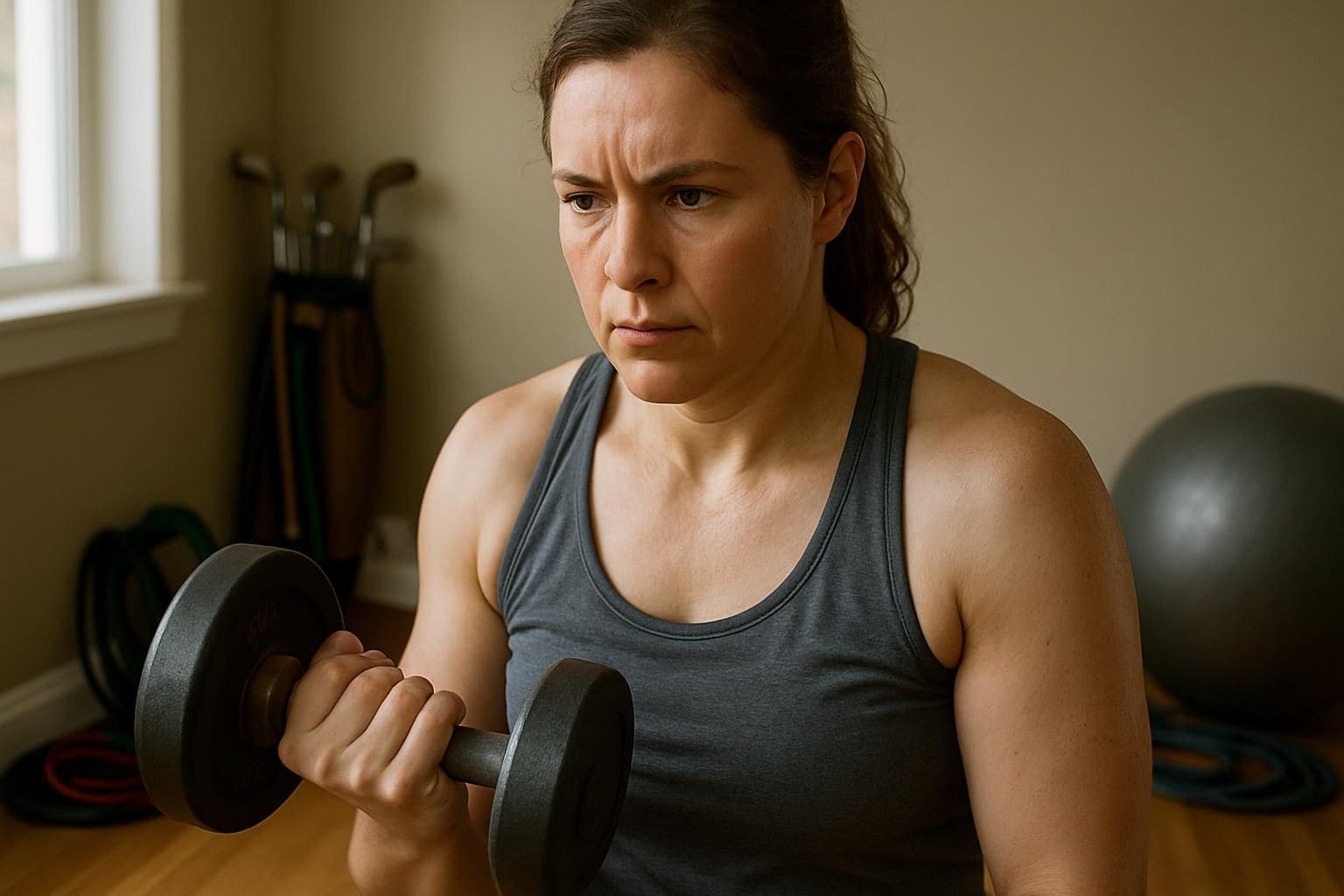 Golf returned to the Olympics in 2016—after 112 years away. This move gave golf a big boost globally, signaling its place as a serious sport. The International Olympic Committee‘s approval helped change golf’s image from a weekend pastime into a respected athletic event.
Golf returned to the Olympics in 2016—after 112 years away. This move gave golf a big boost globally, signaling its place as a serious sport. The International Olympic Committee‘s approval helped change golf’s image from a weekend pastime into a respected athletic event.
Top pros like Annika Sörenstam threw their support behind the decision, helping put women’s golf on the international map. Today, women golfers compete alongside elite athletes, showcasing their talent, dedication, and fitness.
Olympic golf uses a four-round stroke-play format—just like major tournaments held at famous courses such as St. Andrews or Riviera Country Club. This competition demands sharp mental focus and physical strength, matching the standards of professional golf tours.
Many female golfers now regularly include strength workouts in their routines, prepping their bodies for intense contests. Seeing the tough training required for Olympic golf makes it clear—this isn’t simply a casual sport anymore.
The Role of Professional Golfers as Athletes
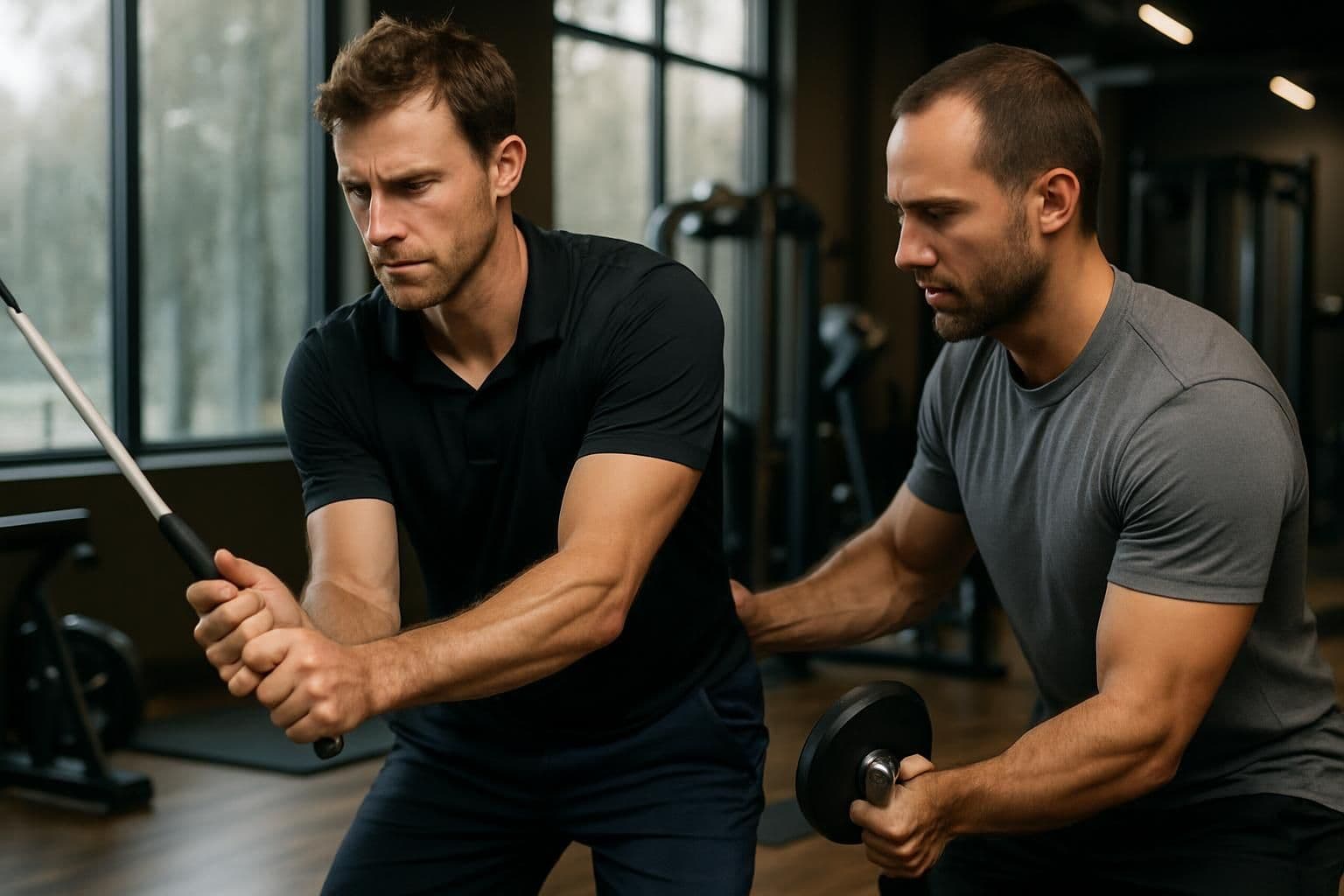
Pro golfers today are serious athletes. Consider Dustin Johnson—he dead-lifts over 300 pounds, and can even dunk a basketball. Justin Thomas weighs just around 150 pounds, yet drives a ball beyond 350 yards.
These players train consistently, working closely with strength trainers and sports psychologists to remain at their peak. The physical demands of pro golf have grown enough that PED testing began in 2018.
Tiger Woods transformed golf entirely. He introduced serious fitness routines, inspiring a new generation of athletic golfers. Modern pros like Brooks Koepka place equal importance on physical fitness and swing technique.
They walk five to seven miles per round, all while handling hours of intense mental pressure. During play, their metabolism kicks into gear, burning plenty of calories each hour. Out-of-shape golfers are a thing of the past—today’s pros are true athletes who could easily excel in other sports.
The difference between amateur and pro golfers isn’t just skill – it’s the athletic commitment to training like any other professional sport. – Arnold Palmer
Arguments for Golf as a Hobby
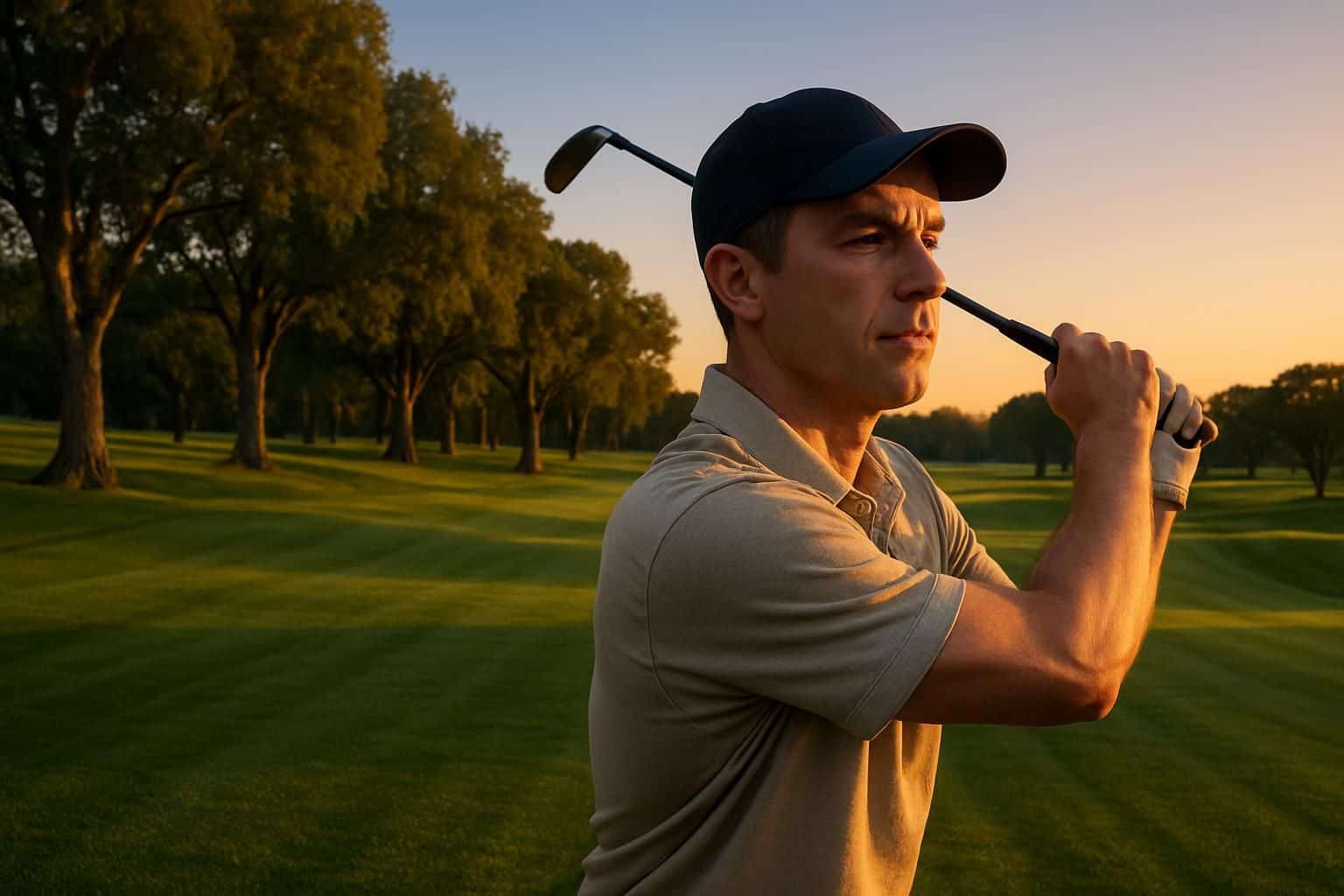
Golf offers a relaxing escape from daily stress for many casual players. You can enjoy the game at your own pace without the pressure of competition.
Recreational and Leisure Elements
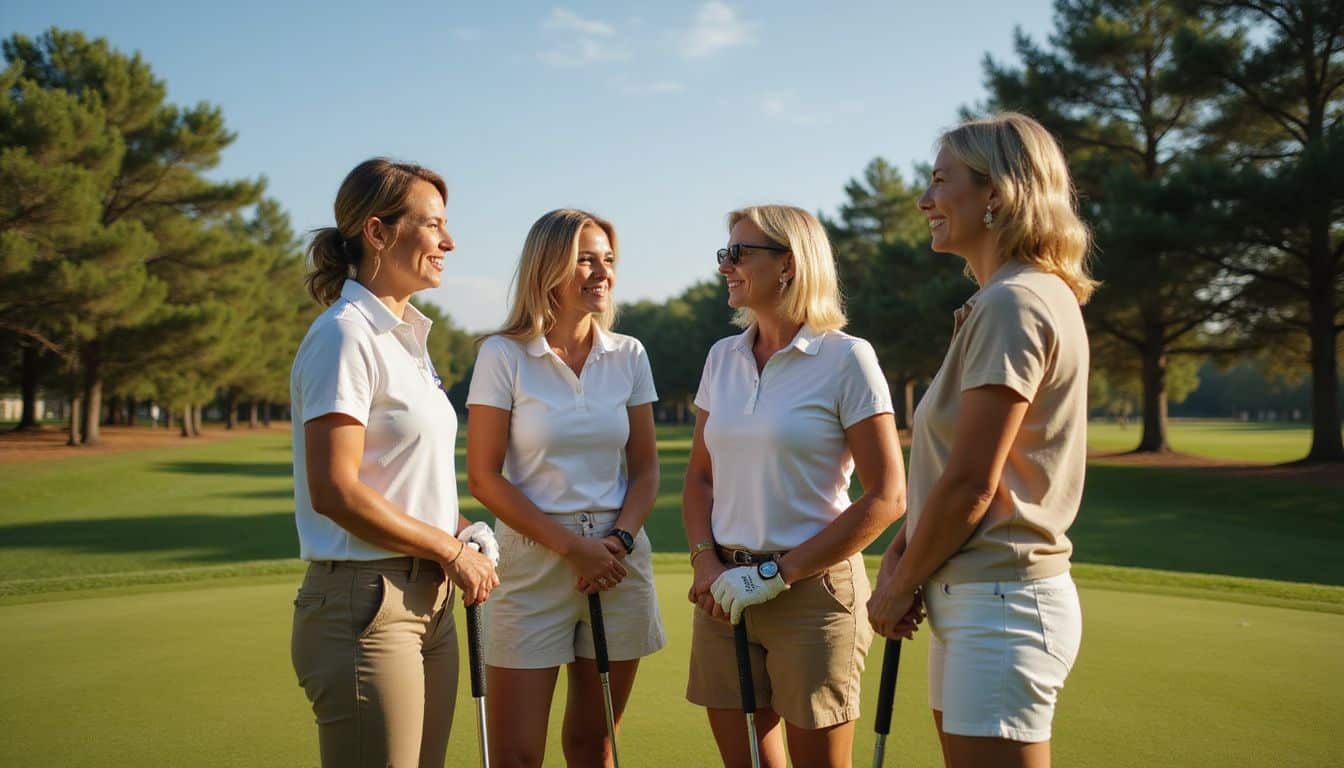
Stepping onto a gorgeous golf course offers joy beyond just competing. Many women enjoy golf for relaxation, fresh air, and nature’s calm beauty. The peaceful greens create an easy escape from everyday stress.
Playing 18 holes with friends blends social time and easy-going exercise—no wonder it’s a favorite leisure activity.
You set your own pace and personal goals. Maybe you improve your chip shots—or just enjoy the walk with friends. Golf doesn’t need intense athletic skill, but you still burn around 300 to 400 calories each hour.
Many players appreciate the casual chats and fresh air more than tracking their scores. After finishing a round, some golfers even plan trips to visit famous Scottish courses—the birthplace of golf itself.
If you’re curious, you can find some great spots to go on vacation there.
Accessibility for All Ages
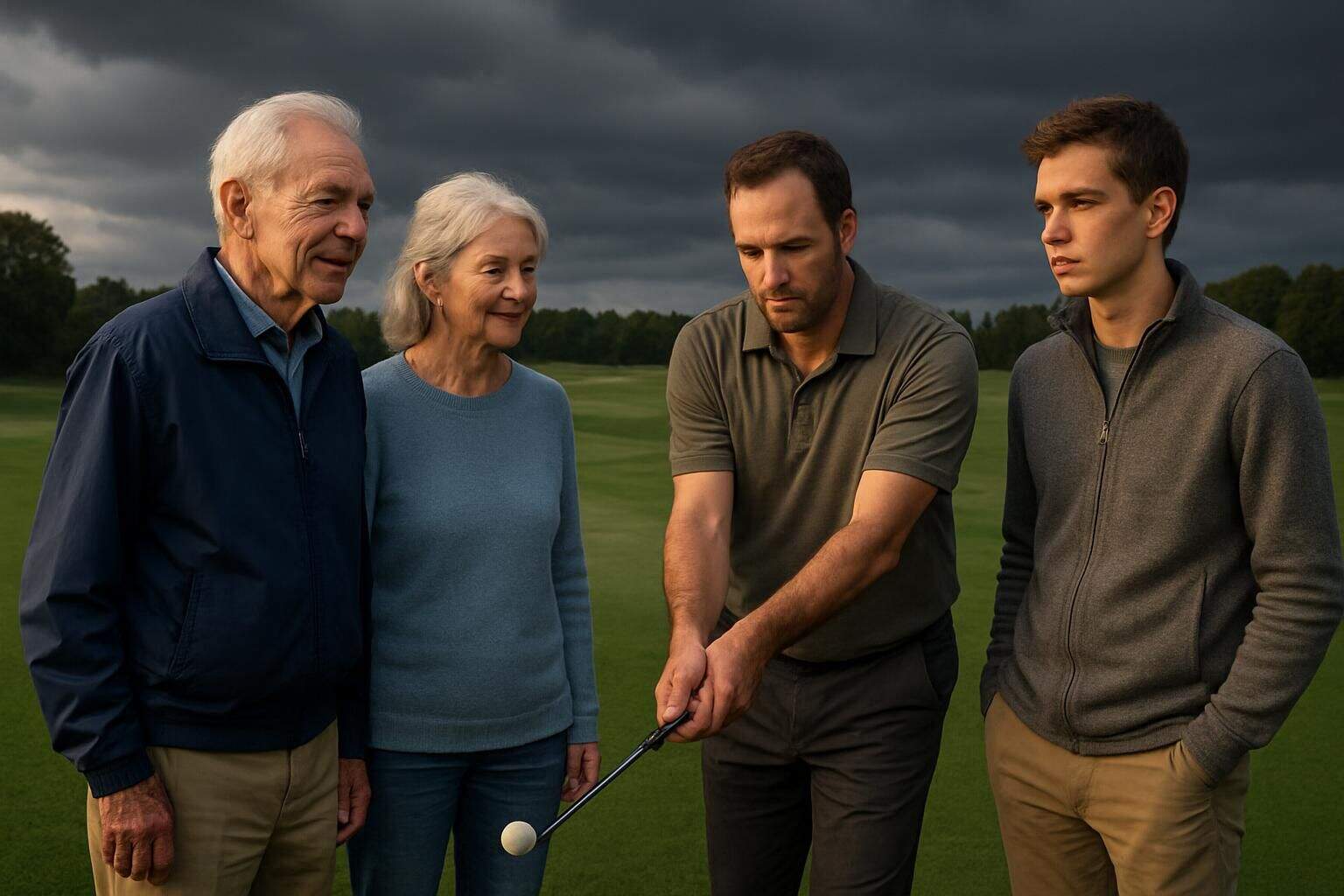
Golf isn’t just about fun—it’s a sport almost anyone can enjoy. Clubs happily welcome players aged 5 to 95, so families can easily share the game. Junior golf programs have grown by 47% since 2019, clearly drawing younger crowds to the course.
New tech also broadens how people experience golf. Golf simulators let you practice indoors, even in winter or on rainy days. Fun spots like Top Golf give beginners a relaxed place to try swinging without worrying about playing a full course.
This mix of traditional and fresh options encourages women of every age to join in, making golf easy to enjoy as a casual hobby or serious interest.
Non-Competitive Nature for Many Players
Many women enjoy golf simply for fun—not to win trophies or beat opponents. It’s a relaxed hobby, great for fresh air, exercise, and hanging out with friends. At my club, most women keep track of scores just for fun—to beat personal records, not each other.
This easy-going style takes away the stress you see in formal contests. Players chat, joke, and even pick up their ball after a bad shot, no worries about strict rules.
I love golf because it’s the only sport where I can enjoy nature, get some exercise, and catch up with friends all at once – without keeping score if I don’t want to! – Sam Snead
Friendly rounds are far different from professional matches shown on TV—more about fun, less about official rules. That casual feel makes golf great for spending time together. The game connects friends and family, even when their skill levels differ.
Jack Nicklaus once said golf is special because grandparents can play right alongside their grandkids—making it a lifelong activity. Plus, walking and swinging clubs during an easy round naturally boost your fitness without pressure or stress.
The Overlap Between Sport and Hobby in Golf
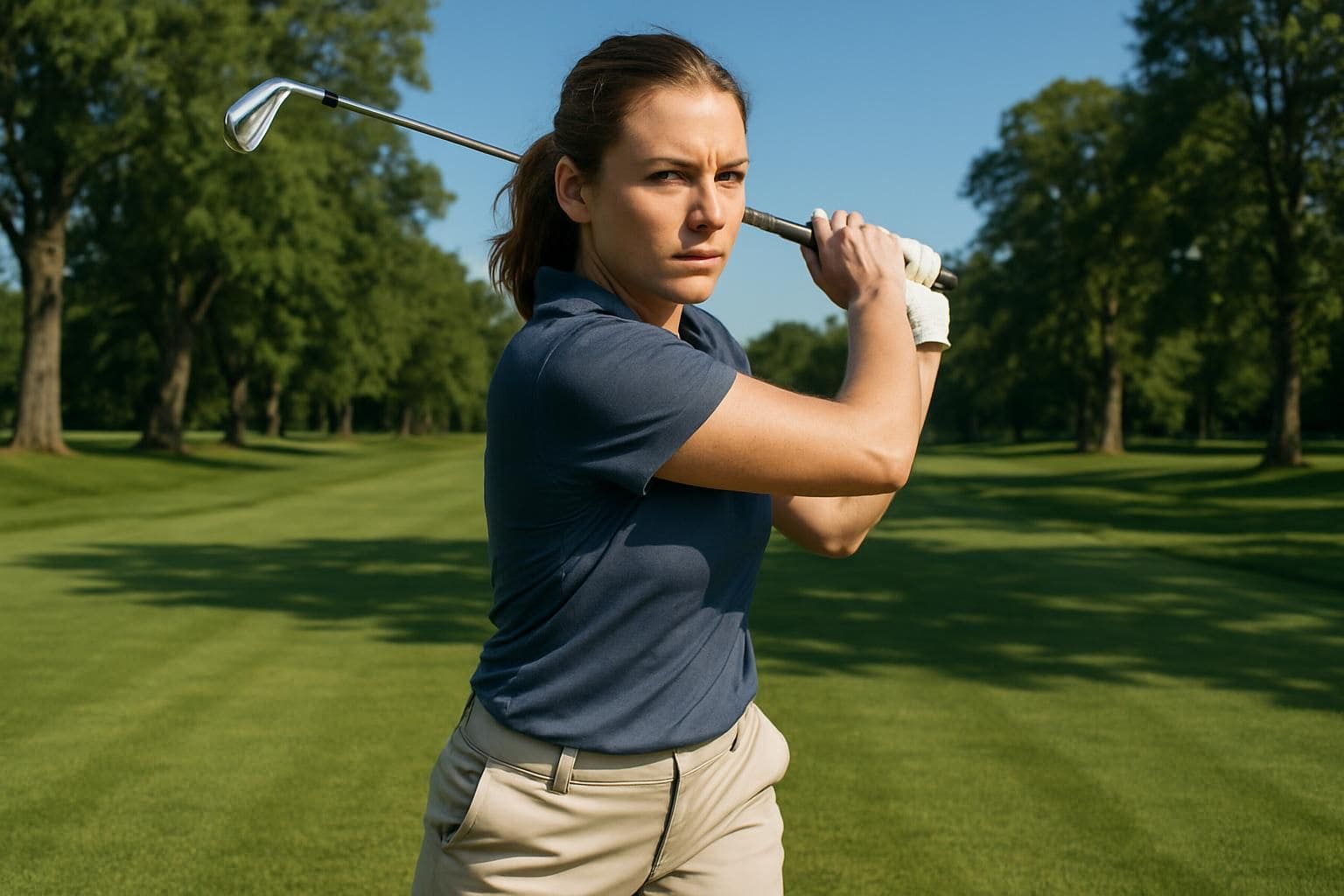
Golf sits in a sweet spot between serious sport and fun hobby – your goals and how you play decide which it is for you! Read on to learn how this dual nature makes golf special for women players in 2025…
Golf’s Unique Dual Identity
Few activities blend sport and hobby quite like golf. Women approach golf in all sorts of ways—maybe it’s a casual round with friends through GolfNow, chatting outdoors, enjoying fresh air.
Or maybe it’s serious play, tracking scores, sticking to R&A rules, and feeling the thrill of competition. Even physically, the game offers variety. A laid-back 18-hole round burns around 300 calories.
More serious golfers might lift weights and condition their bodies, just like pro player Tom Watson did to boost his swing power. This sporty-fun combo gives golf its lasting charm.
Women especially appreciate the freedom golf brings. One day, treat your game as pure stress-relief—no worries, just hitting around. The next, push yourself to top your best-ever score.
Mentally too, the feel of the game can change by the day. Sometimes it’s peaceful—the simple joy of a Scottish-born pastime. Other days, it demands sharp focus, careful strategy, skills that legend Ben Hogan famously mastered.
Your gear can stay simple, basic clubs to fit casual games, or you can upgrade piece by piece to match your improving skill level. The beauty is choosing exactly how far into either direction—sport or hobby—you want golf to take you.
The Role of Personal Participation Goals
Your golf goals shape your view of the game. Some women play to compete and boost their scores. Others prefer fresh air and long walks across scenic courses. What you care about most decides if golf feels like sport or leisure.
With golf clubs in hand, you might aim to beat your best score—or just enjoy chatting with friends between swings. How you approach the mental side depends on why you’re out there.
For many women, feelings about golf shift over time—sometimes competitive, sometimes casual. Defining clear, simple goals helps you enjoy golf your own way—whether counting calories burned or relaxing outdoors.
Golf in 2025: Will the Sport or Hobby Debate Evolve?
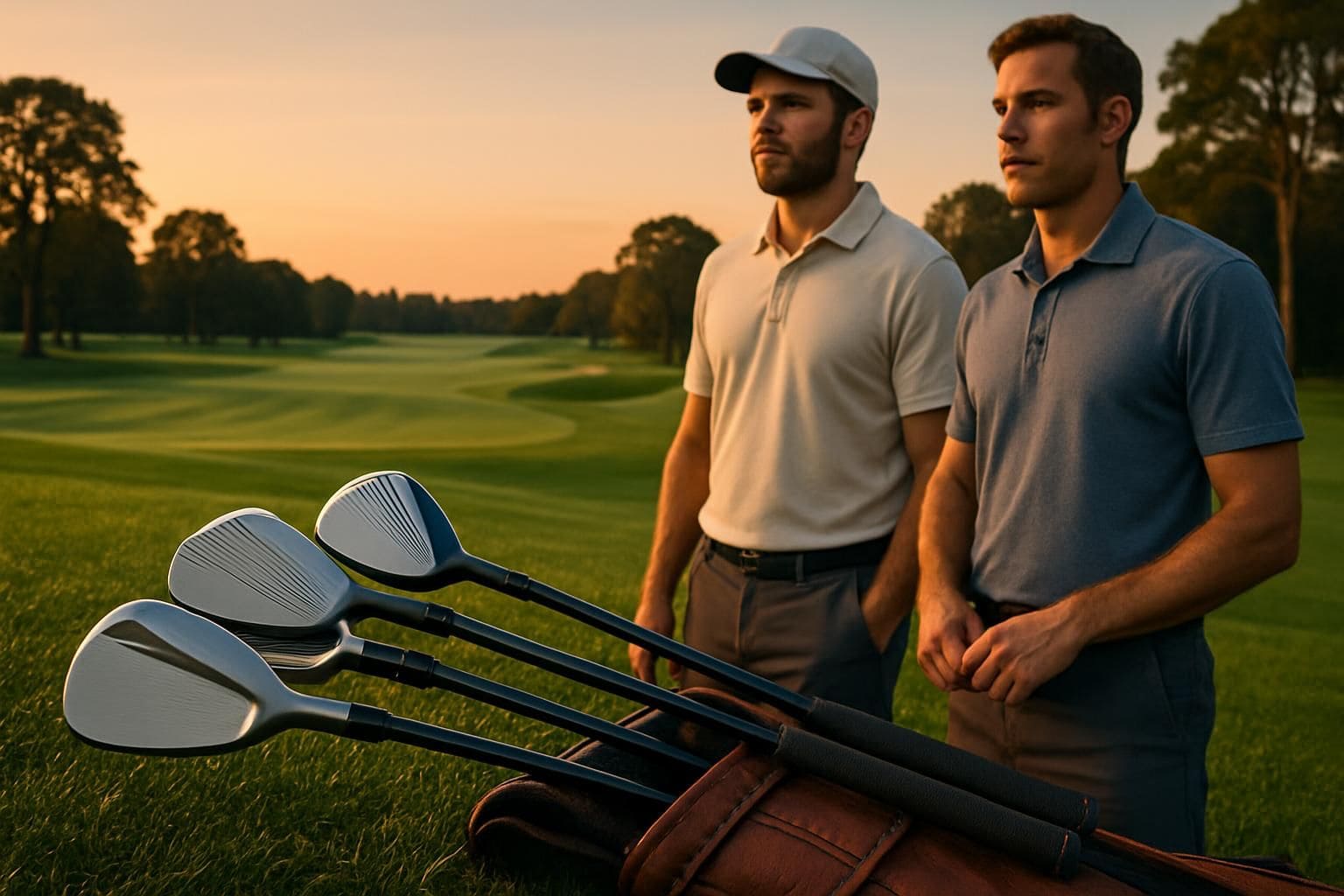
Golf’s dual appeal will likely deepen by 2025, as player numbers keep climbing. In 2024 alone, 28 million Americans played golf, and total involvement—counting casual fans—hit 47.2 million.
Notably, women are joining golf at higher rates than ever, shifting the look and feel of courses nationwide. This growing diversity fuels conversation about golf’s identity—is it a sport or just a hobby? Some players embrace the mental strategy, rules, and discipline like true competitors; others prefer socializing, getting active outdoors, and relaxing without worrying much about scores.
Young adults, ages 18-34, are joining traditional golf in big numbers, mixing competitive practice sessions with laid-back rounds. They often add strength workouts to their routine, aiming to boost performance while seeing golf mainly as a fun pastime. Emerging young stars like Charlie Woods, son of Tiger Woods, exemplify this youthful energy and passion, captivating fans and bringing new excitement to the game.
Equipment brands see these changes clearly—they’re now making gear suited equally to devoted athletes and casual weekend golfers. A typical round of golf burns between 300 and 400 calories per hour, proving its physical demands.
Yet, golfers still control their own pace, style, and personal goals, keeping it accessible and relaxed for everyone involved.
People Also Ask
Is golf considered a real sport?
Yes—golf is definitely a real sport. Britannica notes golfers burn about 300-400 calories per hour playing—way more than just sitting around. The game challenges both mind and body, needing real skill and physical effort.
Where did golf originate?
Golf started in Scotland way back in the 1400s. The Scots crafted the basic rules, and from there, golf spread across the globe. Even today, a Scottish group called the R&A helps manage the rules.
Who is John Daly and why is he famous in golf?
John Daly stood out for hitting powerful drives and his big, easy-going personality. He won two major championships without fitting the usual golfer stereotype. Daly’s success showed golfers don’t need one kind of body type to win.
How does golf benefit physical health?
Golf is great exercise—especially if you walk the course and carry your clubs. It builds balance, strength, and flexibility, keeping players healthy and fit.
What was significant about Casey Martin’s case in golf?
Casey Martin fought—and won—the right to ride a cart during golf events due to his serious leg condition. His case reached the Supreme Court and changed how people saw golf accommodations. Martin’s challenge highlighted that skill, rather than walking, truly defines the game.
References
https://firstteeseattle.org/2019/03/11/is-golf-a-sport/ (2019-03-11)
https://hartvillegolfcarts.com/is-golf-a-sport/
https://www1.grousemountain.com/is-golf-a-hobby-or-sport (2025-04-28)
https://www.britannica.com/procon/golf-debate
https://collegeofgolf.keiseruniversity.edu/19-reasons-why-you-should-start-playing-golf/
https://spectrumnews1.com/madison/sports/news/2025/05/15/junior-golf-grows
https://www.awga.golf/is-golf-fun-11-things-that-make-it-a-super-enjoyable-sport/ (2024-01-31)
https://bogeyboxgolfclub.com/is-golf-a-sport-a-hobby-or-a-game/ (2024-05-26)
https://linksmagazine.com/5-things-to-know-about-the-state-of-recreational-golf-in-2025/
